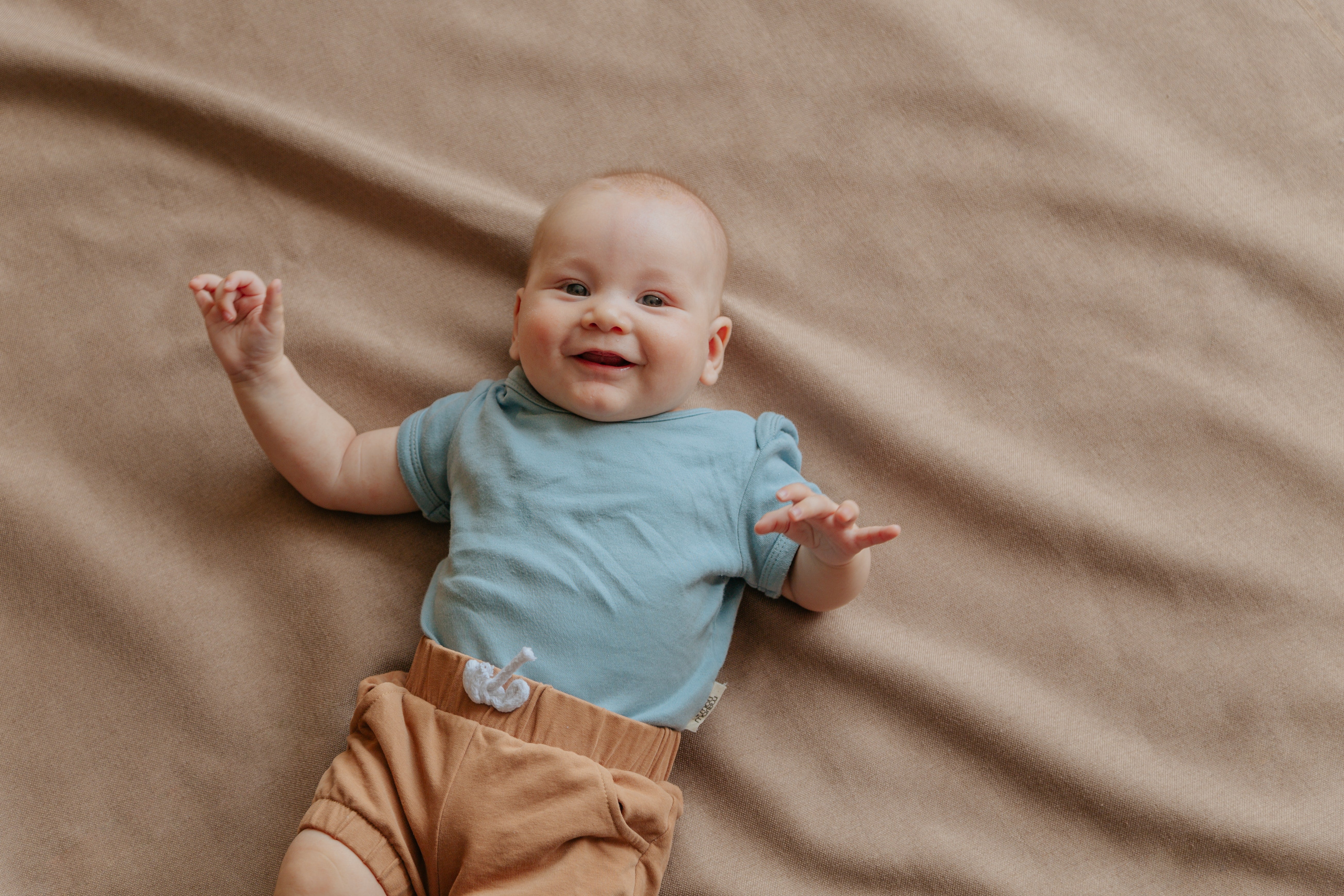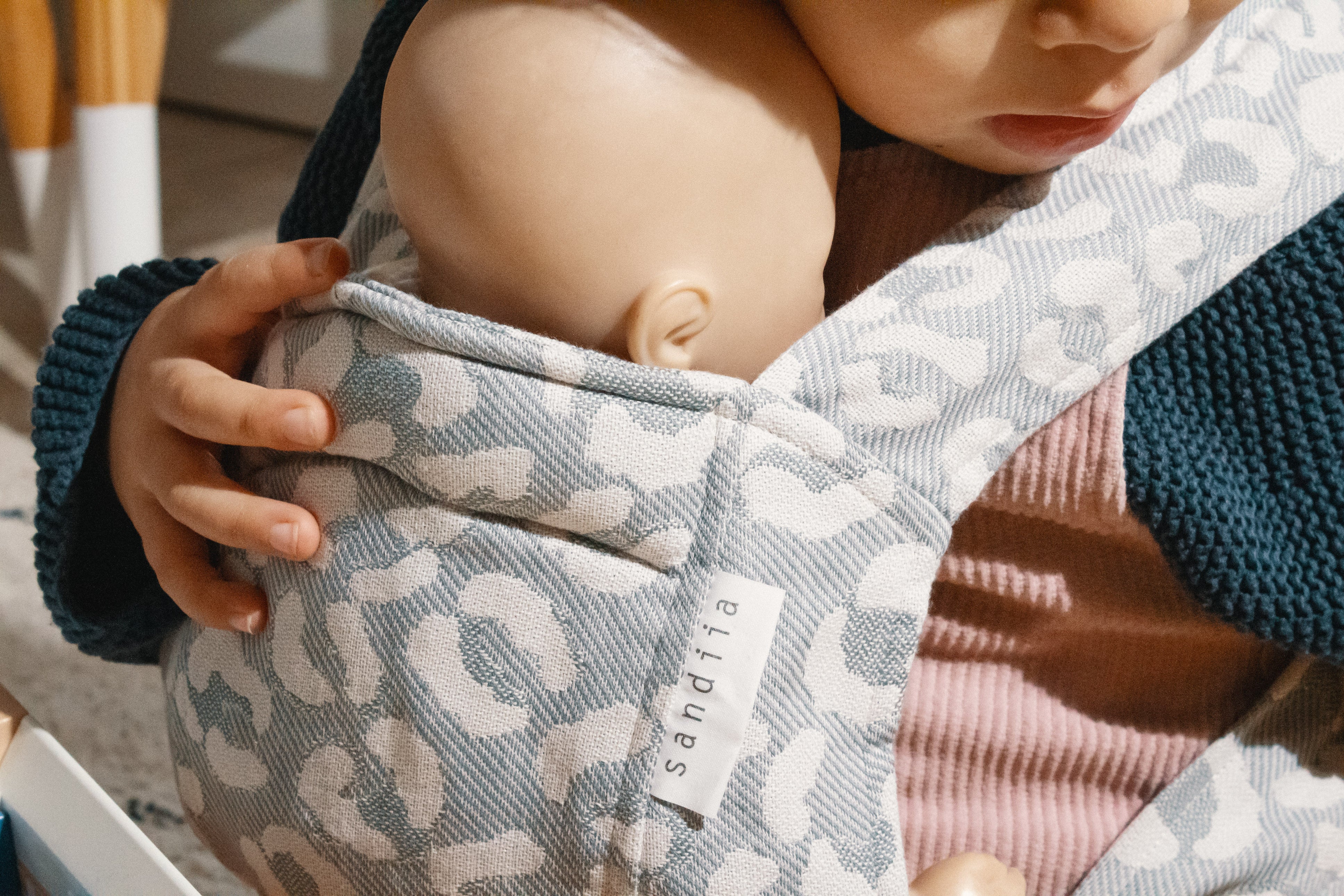
6 reasons why your baby doesn't like being carried and what you can do about it
First, you should know that babies are carried. That means they are, so to speak, born to be carried. They love being close to mom and dad, hearing their heartbeat, and feeling the smell and warmth of their bodies.
In addition, babies have a grasping reflex from birth: This allows them to cling to their carrier with amazing strength for short periods. Babies automatically assume the spread-squat position when picked up. The rounded back also allows them to snuggle up perfectly to the carrier.
If your baby still doesn't like being carried in the sandiia baby carrier, please go through this checklist and, above all, take your time and try it out again and again.
-
Is the carrier adjusted correctly?
Please always make sure the carrier is adjusted correctly. You can read how to do this here . Make sure your baby slides into the carrier properly and has a rounded back. They should always sit in the spread-squat position. The center bar of the carrier should extend from the back of the knee to the back of the knee, and your baby's bottom should be below the knees. -
Is your baby wearing the right clothes?
Make sure you dress your baby in comfortable clothing while in the carrier. This means no tight tights that might pull on their feet. No synthetic clothing that will cause them to sweat. Tops should always be hoodless, without collars, or without buttons on the chest or back. Your clothing should also be free of large buttons, drawstrings, or zippers near the neck or décolletage. Of course, your baby shouldn't get cold or sweaty while in the carrier. Remember that they'll be absorbing a lot of your body heat while in the carrier! -
Is your baby hungry?
Your baby should be well-fed before being placed in the carrier. This way, you can be sure that they feel comfortable. Perhaps they fall asleep right after feeding in the carrier? -
Is your baby in pain right now?
Gas in the stomach, pressure points, toothache? Sometimes babies aren't feeling well, and we simply don't know why. Especially in moments like these, your baby needs your closeness and may even be very happy to be with you in the carrier. Even if they cry at first, don't give up so quickly. Sometimes children calm down relatively quickly and just need to get used to the new situation. -
Does your baby have a full diaper?
It's understandable that your baby doesn't like sitting in the carrier with a full diaper. So do a diaper check before and during use! -
Does your baby sense your impatience or nervousness?
Are you new to babywearing and perhaps nervous? Your baby can sense this and may also become insecure. Relax or seek help until you feel confident and can put the carrier on alone. Not only does your baby need to get used to it, but babywearing may be new to you as well. Take your time!
If all else fails, you can ask your midwife for advice or consult a babywearing consultant. If you have any questions about baby carriers, please contact us at trageberatung@sandiia.de


